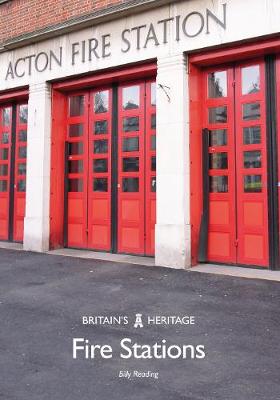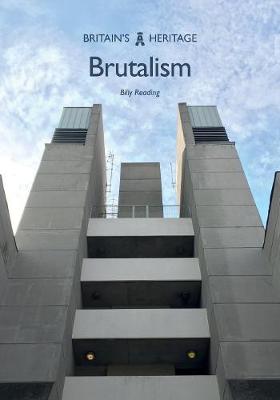Britain's Heritage
2 total works
Buildings in Britain were first set aside for storing firefighting equipment in the seventeenth century, in the wake of the Great Fire of London. These were often storage sheds or farm buildings, but as technology became more advanced specialist buildings were needed to house it: fire stations. The golden age of fire station design was the late Victorian period and a wonderful and eclectic collection of buildings from the time still stands in Britain. The changing threats dealt with by fire brigades in the twentieth and twenty-first centuries meant that new designs were needed to accommodate new equipment, but the basic layout of a modern fire station would still be familiar to a Victorian fireman.
Here, Billy Reading explores the history of the fire station in Britain, from simple parish cart-sheds to complex modern headquarters. Fire stations are an instantly recognisable part of the British landscape today, from village greens to city centres.
This book is part of the Britain's Heritage series, which provides definitive introductions to the riches of Britain's past, and is the perfect way to get acquainted with fire stations in all their variety.
Here, Billy Reading explores the history of the fire station in Britain, from simple parish cart-sheds to complex modern headquarters. Fire stations are an instantly recognisable part of the British landscape today, from village greens to city centres.
This book is part of the Britain's Heritage series, which provides definitive introductions to the riches of Britain's past, and is the perfect way to get acquainted with fire stations in all their variety.
Brutalist architecture is ever-present in the British urban landscape, from car parks and bus garages to schools, universities and cultural centres, from the small college campus to vast residential mega-structures.
Taken from the French phrase 'beton brut', meaning raw concrete, the name brutalism identified an emerging style of angular and sculptural form and rough, exposed industrial materials. The pioneering architects of the style such as Peter and Alison Smithson, Erno Goldfinger and the Owen Luder Partnership optimistically believed they were forging a new utopia. Their confidence is apparent in the uncompromising, bold, even bolshy buildings such as London's South Bank Centre, Hunstanton School, Preston bus station and Portsmouth's Tricorn Centre that came to define the architecture of the 1960s and 1970s. After decades of vilification, brutalism is today enjoying a resurgence of popularity and the original principles of the movement are being rediscovered and reappraised, although it still divides public opinion.
This book is part of the Britain's Heritage series, which provides definitive introductions to the riches of Britain's past, and is the perfect way to get acquainted with brutalism in all its variety.
Taken from the French phrase 'beton brut', meaning raw concrete, the name brutalism identified an emerging style of angular and sculptural form and rough, exposed industrial materials. The pioneering architects of the style such as Peter and Alison Smithson, Erno Goldfinger and the Owen Luder Partnership optimistically believed they were forging a new utopia. Their confidence is apparent in the uncompromising, bold, even bolshy buildings such as London's South Bank Centre, Hunstanton School, Preston bus station and Portsmouth's Tricorn Centre that came to define the architecture of the 1960s and 1970s. After decades of vilification, brutalism is today enjoying a resurgence of popularity and the original principles of the movement are being rediscovered and reappraised, although it still divides public opinion.
This book is part of the Britain's Heritage series, which provides definitive introductions to the riches of Britain's past, and is the perfect way to get acquainted with brutalism in all its variety.

